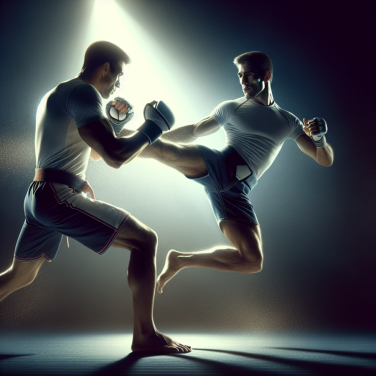Surfing's Evolution: From Rebellion to Mainstream Phenomenon
Surfing's Evolution: From Rebellion to Mainstream Phenomenon has been a multifaceted journey that has seen the sport and pastime take on many roles—from a counterculture hallmark to a globally recognized and widely accepted activity. At its roots, surfing can be traced back to ancient Polynesian culture, but the contemporary narrative of surfing is largely a story of transformation and adaptation.
Historically, surfing was a native pastime in places like Hawaii, where it was an integral part of the culture and social hierarchy for centuries. The sport was intimately tied to the identity and spiritual beliefs of the Polynesian people. However, as Western influence began to permeate the Hawaiian Islands in the early 20th century, surfing started to evolve. It was Duke Kahanamoku, an Olympic swimmer and native Hawaiian, who famously popularized the sport, taking it to new shores and introducing it to wider audiences. This laid the foundation for surfing's spread around the globe.
By the 1950s and 1960s, surfing had begun to symbolize a form of rebellion against conventional society for many youths, particularly in the United States. It was an embodiment of freedom, non-conformity, and an alternative lifestyle that rejected the corporate, work-driven ethos of post-war America. The Beach Boys pumped surfing's rebel spirit through the airwaves, and films like "Gidget" and "Endless Summer" portrayed the surf culture to eager audiences around the world.
However, as surfing began to penetrate the mainstream, it underwent significant changes. The countercultural symbols of the past evolved as surfing started being incorporated into the very fabric of popular culture. The industry around surfing boomed, with surf brands becoming fashion statements and professional surf competitions attracting significant followings. Equipment advanced and techniques improved, further expanding the reach of what was once a niche pursuit.
The advent of major surf competitions and their inclusion in multi-sport events, such as the World Games, and eventually, the 2020 Tokyo Olympics, marked a pinnacle in surfing's journey to mainstream acceptance. Brands now endorse surfers, turning them into professional athletes and cultural icons. Lessons and surf schools proliferate on coasts worldwide, welcoming people of all ages and backgrounds into the once-insular surf community.
Social media and modern technology have propelled surfing's visibility even more. Platforms like Instagram and YouTube allow surfers to share their experiences, connecting different surf cultures around the world and creating a global network of enthusiasts.
Read also:
Perfecting your Swing: An In-depth Exploration of Golf Techniques"
The Spiritual Connection of Surfing and Coastal Living
Surfing transcends beyond being just a physical activity; it embodies a profound spiritual connection that draws individuals closer to the majesty of the ocean and the rhythms of nature. Coastal living and surfing are inextricably linked, often cultivating a community that embraces a unique worldview shaped by the waves.
At the heart of the surfer's journey is a quest for harmony. It's about becoming one with the water, feeling the pulse of the swell beneath the board, and syncing one's movements with the fluid force of the sea. This quest for oneness can be a form of meditation, as surfers find themselves in the present moment, with all other concerns washed away by the tide.
The ocean, for many surfers, is a temple—a sacred space where the spirituality of surfing can be expressed. Rituals like the dawn patrol, where surfers wake before sunrise to greet the day's first waves, are a testament to the reverence they hold for the sport. As the sun crests the horizon and bathes the sea in warm light, surfers paddle out to offer their respects and seek the day's blessings in the form of perfect waves.
The ethos of coastal living also fosters a deep sense of respect and stewardship for the environment. Surfers, more than most, understand the importance of preserving the natural beauty and health of the oceans. The spirituality of surfing is, therefore, also connected to the protection of the planet. This often translates into community efforts and advocacy for cleaner oceans, beaches, and coastal conservation.
In many coastal cultures, surfing has a storied history that intertwines with local customs and beliefs. For instance, in places like Hawaii, it is deeply embedded in the fabric of the culture, with myths and legends that speak of surfing's divine origins and its role in the lives of kings and commoners alike. As surfing culture spread across the globe, it brought with it these narratives, and although they have adapted to different societies, the reverence for the wave and the spiritual journey of the surfer remain consistent.
The camaraderie found in surf locales builds upon these spiritual foundations. It often culminates in communal gatherings around bonfires, where stories of epic waves and near-misses with the forces of nature are shared. These stories, passed down from generation to generation, contribute to a shared mythology that fosters a sense of belonging and a common identity among surfers.




